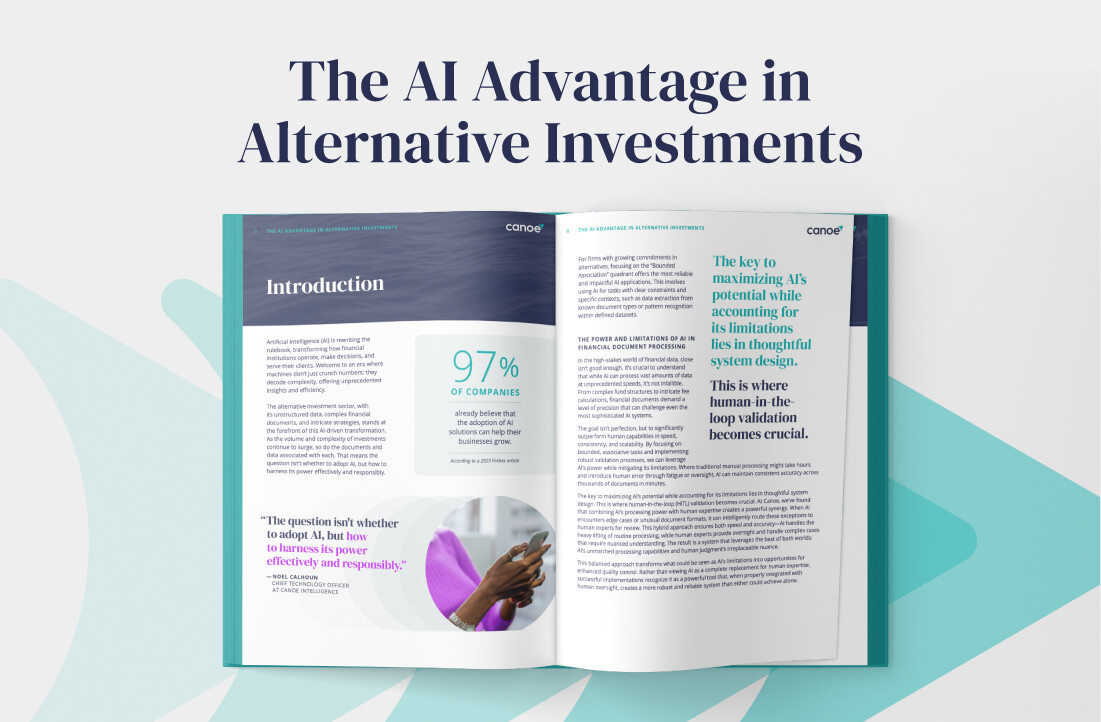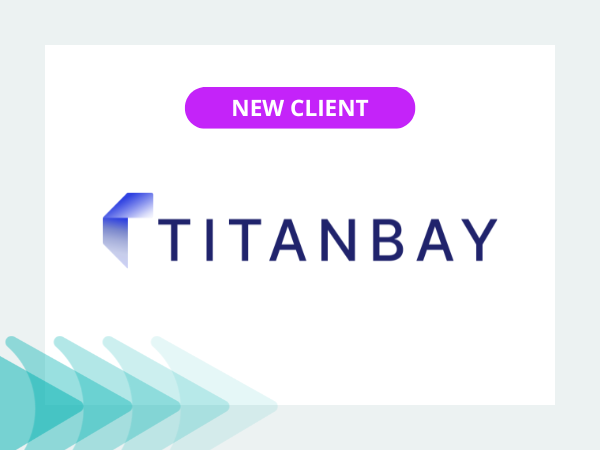Why modernizing data processes is the key to unlocking private equity secondary markets’ true potential
Private equity secondary markets are booming. In 2023, transaction volumes reached $114B, according to Evercore—the second biggest year on record—and in 2024, transactions are expected to reach an all-time high. Yet, despite impressive growth in recent years, secondaries still have huge untapped potential.
From humble beginnings in the early 1980s, where cash-strapped LPs would sell private assets to meet liquidity needs, to surging volumes in the early 2000s spurred by the burst of the dot-com bubble, to a rapidly maturing market today, secondaries have become essential to private equity investors. The market not only offers an important source of liquidity through secondary transactions but also a means to manage exposures, diversify, and achieve faster returns. However, in spite of its utility, growth has been stunted relative to other markets.
Why has the market lagged behind? An important factor has been that its size compared to public market juggernauts and relatively infrequent transactions have resulted in a lack of accessible detailed market information. This lack of transparency has raised and solidified barriers to entry, meaning that secondaries have been the preserve of large incumbents with the capabilities and resources to navigate the market. However, with the advent of new technology, this is all about to change.
Time to modernize
Some predict that the secondary market could reach up to $500bn in the next decade—over double its current size. There is significant appetite for deals from large incumbents already engaged in the market, but also smaller players looking to reap the market’s benefits. While demand is clear, more needs to be done to boost participation and entice investors who have thus far felt unable to compete on a level playing field.
Private equity-backed portfolio companies are typically held for around five years, meaning that regular pricing benchmarks are few and far between, and valuations are therefore challenging due to the lack of available information on underlying portfolio companies. Where unequal access to information has historically been a blocker to the proliferation of data, new technology is helping firms to shine a light on underlying portfolio businesses and paving the way for a more transparent market that encourages greater participation.
This data asymmetry has been a central factor in large incumbents’ dominance of the secondary market, leveraging their significant resources that have allowed them to seek liquidity and conduct robust due diligence on target assets. However, powerful, cost-effective new tools can now replicate these capabilities – removing the need for manually extracting and analyzing reams of portfolio-level data and giving small to mid-sized firms capabilities that were previously out of reach.
The potential benefits of greater data transparency extend beyond more effective analysis of portfolio companies. By digitizing documentation at a fund level—revealing track records, historical valuations, cash transactions, historical fees, and financial positioning—we have the potential to open secondary market participants’ black boxes and centralize fund data. Allowing allocators to look under the bonnet of secondary market investors would boost competitiveness—enabling new and established players to fairly and objectively showcase their credentials. While some may hesitate to share their data, this should be seen as an opportunity to attract fresh capital from allocators who may not have previously considered investing in secondaries.
While the building blocks for a more cohesive secondary market are materializing, it will take an industry-wide effort to build this combined capability. The task may seem daunting, but the benefits are clear. This move will not only serve small and mid-sized participants looking to visualize a previously opaque market. For incumbents, greater transparency will help to improve valuations and improve liquidity as new participants and assets come to market. Crucially, for the industry, data modernization presents an opportunity to attract allocators and connect an increasingly diverse pool of secondary buyers and sellers.
Seizing the initiative
So, the $500bn question is: how do we harness this potential and collaborate to open the market? There are three clear steps. First, the market must continue to modernize—legacy technology is no longer fit for purpose and the move to automate data processes is an essential step to accurately mapping the secondary market. Second, we need to move toward greater data standardization to allow the market to navigate, utilize, and analyze secondary market datasets. Third, we need to centralize this secondary market data – creating a central repository that enables indexing—allowing buyers and sellers to scope opportunities and transact fairly.
Private equity secondaries have come a long way in a short time, but the next chapter looks to be the most exciting. Fulfilling secondary market potential requires an industry-wide conversation on how to take collective action to improve market structure and transparency. As the market continues to grow, increased regulatory scrutiny is never far behind. It is up to us, as a collective, to work together and seize the initiative to create a more open, cohesive, and transparent market.




